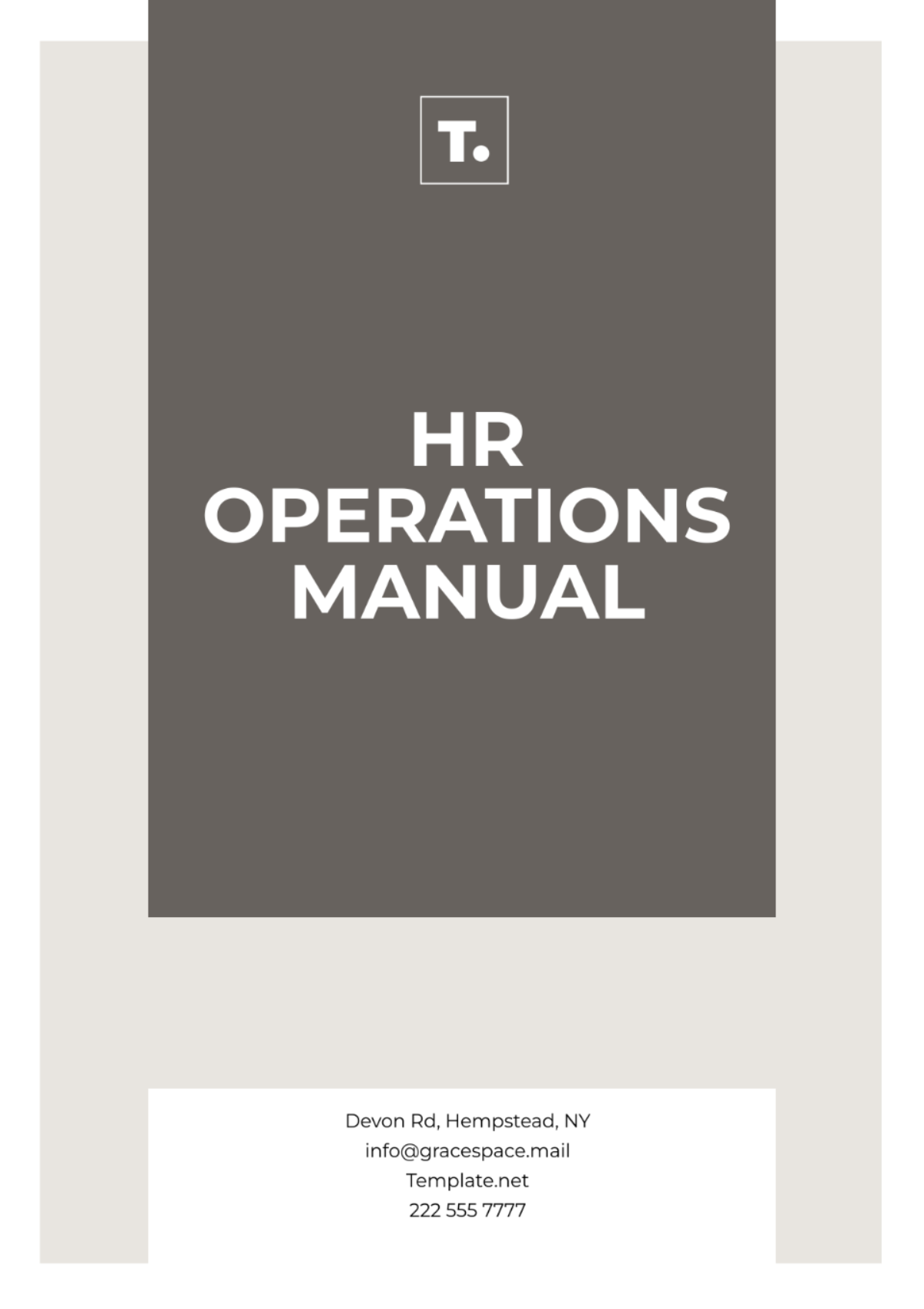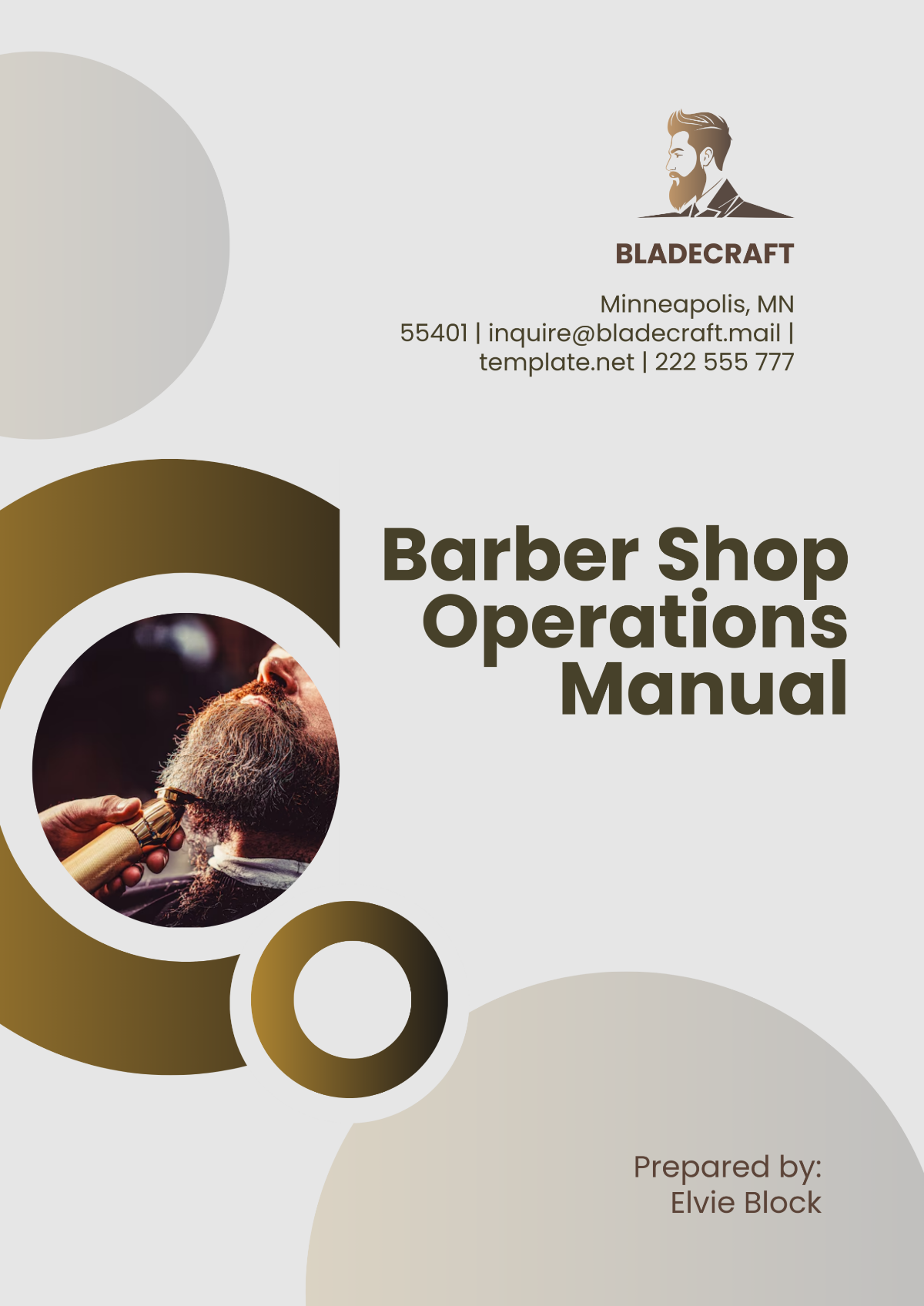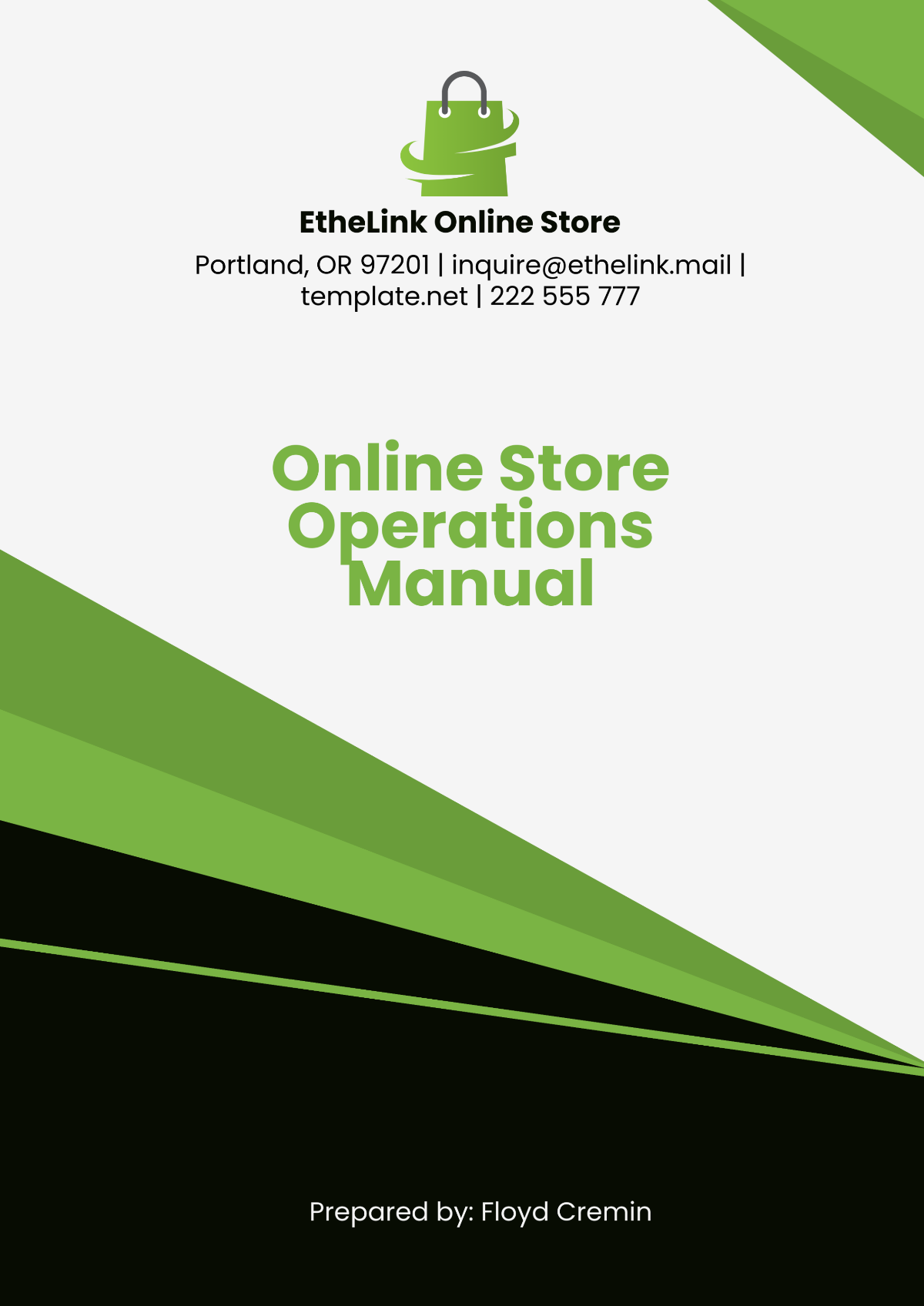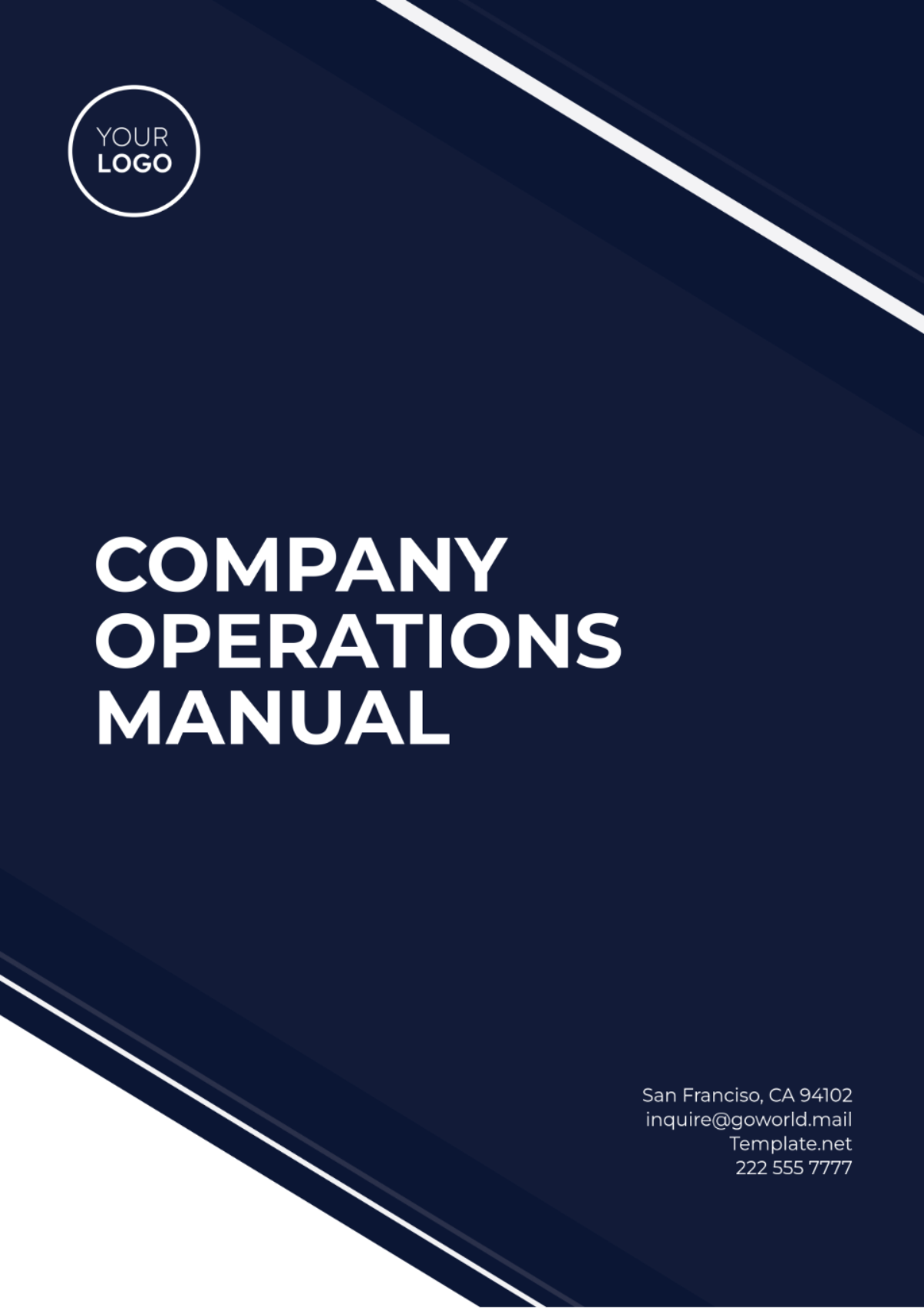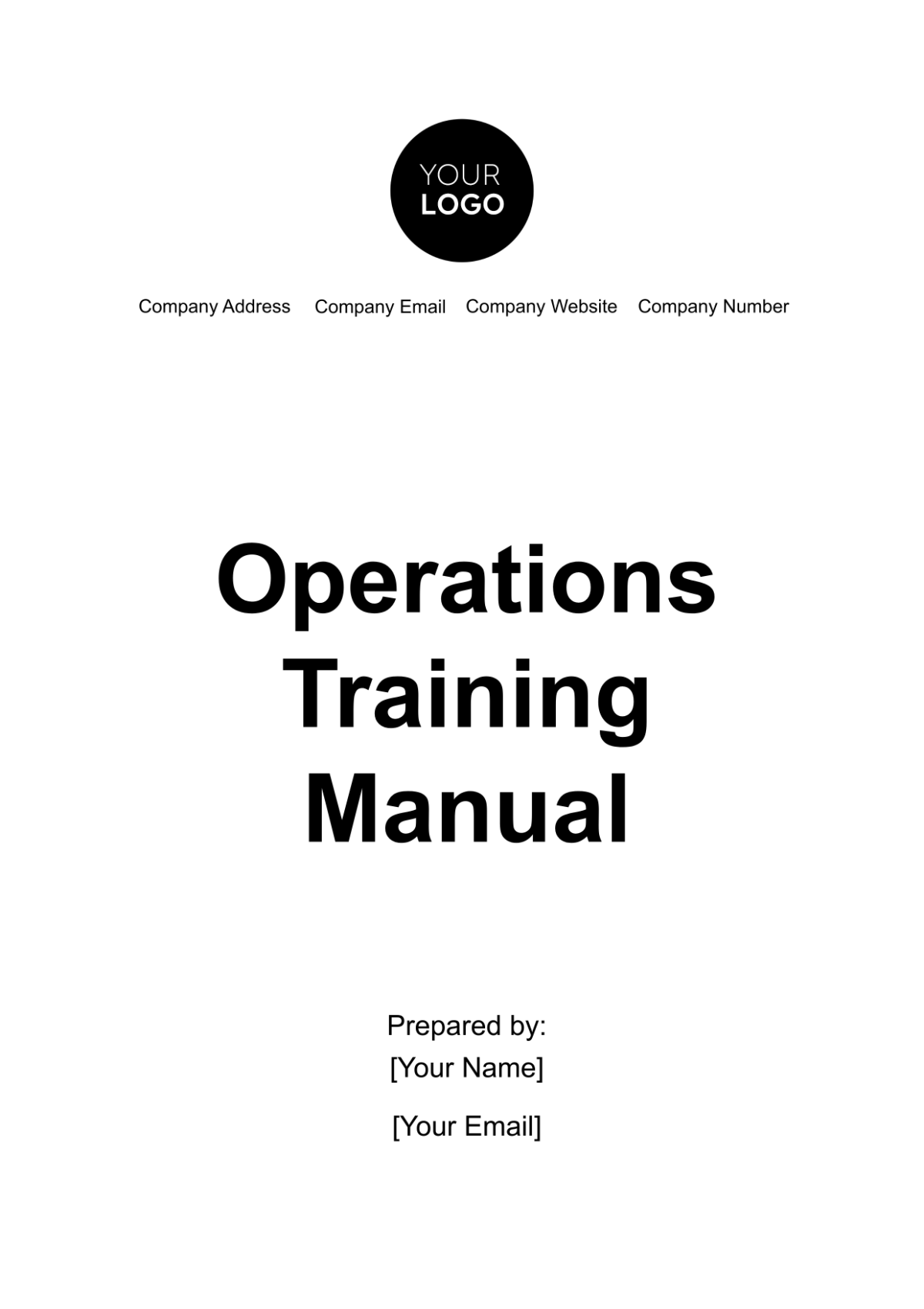Operational Process Training Manual
Prepared by: [Your Company Name]
Date: [Date]
I. Introduction
The Operational Process Training Manual is designed to serve as a vital resource for effectively managing inventory within the organization. It provides clear guidelines and detailed procedures to ensure accurate tracking and efficient handling of stock. By standardizing inventory management practices, this manual aims to enhance operational efficiency and support cost-effectiveness. This comprehensive guide is essential for training new employees and maintaining high standards across the organization.
II. Scope and Objectives
This manual provides a comprehensive guide for managing inventory within the organization. The objectives are to ensure accurate tracking of stock levels, maintain high standards of inventory management, and support operational efficiency and cost-effectiveness. Additionally, the manual aims to:
Enhance Visibility: Improve transparency in inventory movements and stock levels for better decision-making.
Reduce Costs: Minimize excess inventory and avoid stockouts, leading to cost savings in storage and procurement.
Improve Customer Satisfaction: Ensure product availability to meet customer demand and improve service levels.
Support Compliance: Adhere to industry regulations and standards regarding inventory handling and reporting.
III. Roles and Responsibilities
Role | Responsibilities |
|---|---|
Inventory Manager |
|
Warehouse Staff |
|
Procurement Officer |
|
IV. Detailed Procedures
A. Receiving Inventory
Verify Shipment:
Confirm the quantity and quality of received items against the purchase order.
Inspect for damages or defects; report any issues immediately.
Log Items:
Enter details of received items into the inventory management system, including SKU, quantity, and location.
Assign a unique identifier (barcode) for each item to streamline tracking.
Address Discrepancies:
Notify the procurement officer of any discrepancies between the received items and the purchase order.
Document and resolve discrepancies with suppliers as needed.
B. Inventory Storage
Organize Inventory:
Sort items into designated storage areas based on categories (e.g., raw materials, finished goods).
Ensure that frequently accessed items are easily accessible.
Labeling:
Ensure all items are appropriately labeled and tagged with relevant information (e.g., SKU, description, expiration date).
Storage Practices:
Implement first-in, first-out (FIFO) or last-in, first-out (LIFO) methods based on the nature of the inventory.
C. Inventory Audits
Schedule Counts:
Schedule regular inventory counts (monthly or quarterly) to ensure accuracy.
Assign team members to conduct counts to avoid conflicts of interest.
Compare Records:
Match physical counts with system records to identify variances.
Investigate significant discrepancies to determine the root cause.
Reporting:
Provide audit reports to management for review, highlighting discrepancies, trends, and areas for improvement.
V. Tools and Resources
Inventory Management Software: [Name of Software] (e.g., Fishbowl, TradeGecko)
Barcode Scanners: Handheld devices for scanning items during receiving and shipping processes.
Shelving and Storage Bins: Equipment to organize inventory in the warehouse effectively.
Order Forms and Templates: Standardized forms for placing orders with suppliers, ensuring all necessary information is captured.
VI. Best Practices
Consistent Record-Keeping: Utilize a standardized format for record-keeping to ensure consistency and accuracy.
Staff Training: Conduct regular training sessions for staff to ensure compliance with inventory procedures and to introduce any updates.
Automation: Leverage technology to automate inventory tracking and reporting processes to reduce manual errors.
Policy Review: Regularly review and update inventory management policies to reflect changes in operations or best practices.
VII. Glossary of Terms
Term | Definition |
|---|---|
Inventory Turnover | The rate at which inventory is used and replaced over a specific period. |
SKU | Stock Keeping Unit, a unique identifier for each distinct product and service that can be purchased. |
Backorder | An order for a product that is temporarily out of stock. |
Lead Time | The time it takes from placing an order with a supplier to receiving the goods. |
Cycle Count | A method of inventory auditing where a subset of inventory is counted on a specific day, rather than all at once. |
VIII. Appendices
Appendix A: Sample Inventory Audit Report
Template outlining the key elements of an inventory audit report, including findings, discrepancies, and corrective actions.
Appendix B: Order Form Template
Standardized order forms to streamline the procurement process, ensuring all necessary details are captured.
Appendix C: List of Approved Suppliers
A directory of vetted suppliers along with contact information and terms of service.
Appendix D: Training Schedule
A suggested timeline for training sessions, including topics covered and responsible trainers.
Appendix E: Common Issues and Solutions
A troubleshooting guide for common inventory management challenges, providing practical solutions and preventative measures.






